Previous Posts
Estimated marginal means (EMMs)—sometimes called least-squares means—are a powerful way to interpret and visualize results from linear and mixed-effects models. Yet many researchers struggle to extract, understand, and plot them. Learn more in this 60-minute tutorial.
Outliers. There are as many opinions on what to do about them as there are causes for them. In this webinar, we’ll explore the different types of outliers, methods for figuring out which type you have, whether they’re influential, and what to do about them.
Repeated measures ANOVA doesn’t cut it for many repeated measures situations, but do you always need mixed models instead?
After talking with enough researchers, I've come to a few conclusions about why some researchers feel embarrassed about their statistical abilities, why they shouldn't, and what they need to become a proficient and confident statistical analyst.
We’ll now teach you to make your variables more approachable by adding labels. Note the different sections for “Label” and “Value label”. A label just provides a description of the variable, while a value label matches numbers to words.
You’ll be excited to hear we’re doing another Statistics Skills Accelerator for our Statistically Speaking members: Count Models. Stats Skills Accelerators are structured events focused on an important topic. They feature Stat’s Amore Trainings in a suggested order, as well as live Q&As specific to the Accelerator.
Once you’ve imported, examined, and cleaned your data, a common next step would be to make some visual displays or graphs. In this article we’ll go over the details of creating, naming, saving, and exporting graphs in Stata. We will do all of this using syntax, rather than Stata’s “Graphics” menu. If you want a […]
There are not a lot of statistical methods designed just for ordinal variables. But that doesn't mean that you're stuck with few options. There are more than you'd think...
Splines provide a useful way to model relationships that are more complex than a simple linear function.

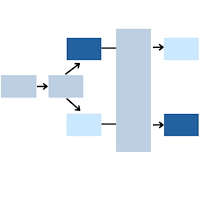

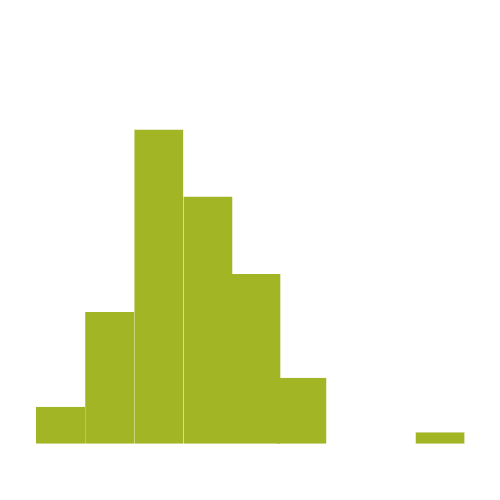

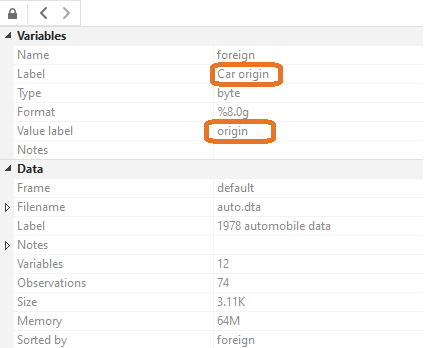
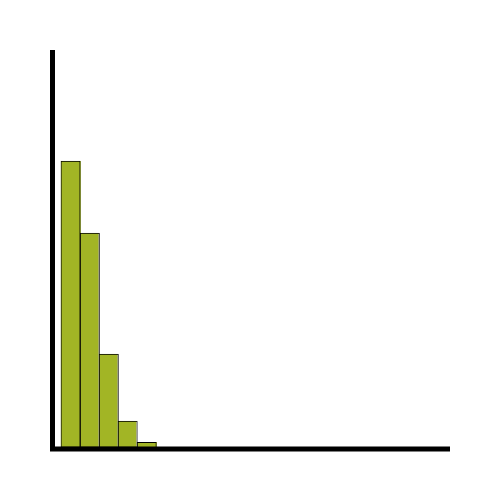
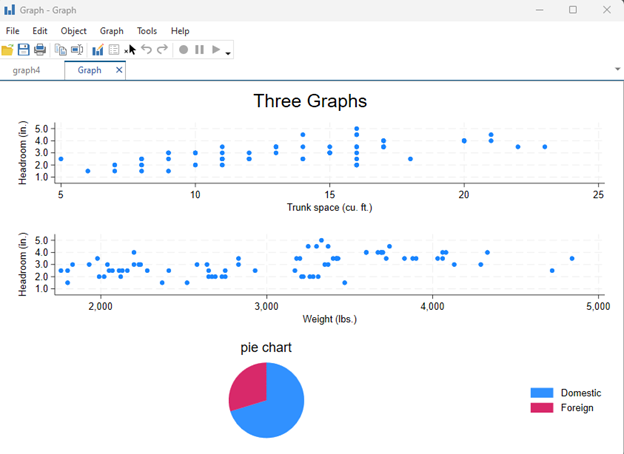
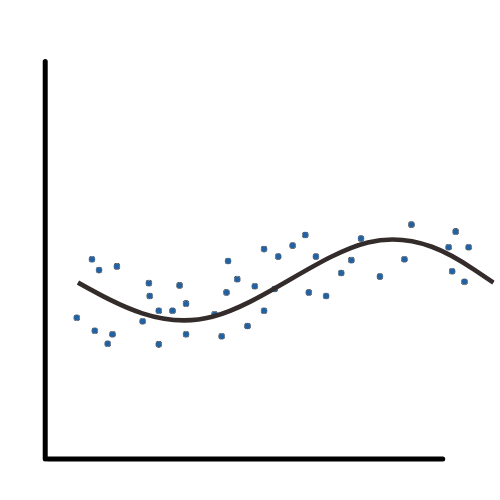
 stat skill-building compass
stat skill-building compass